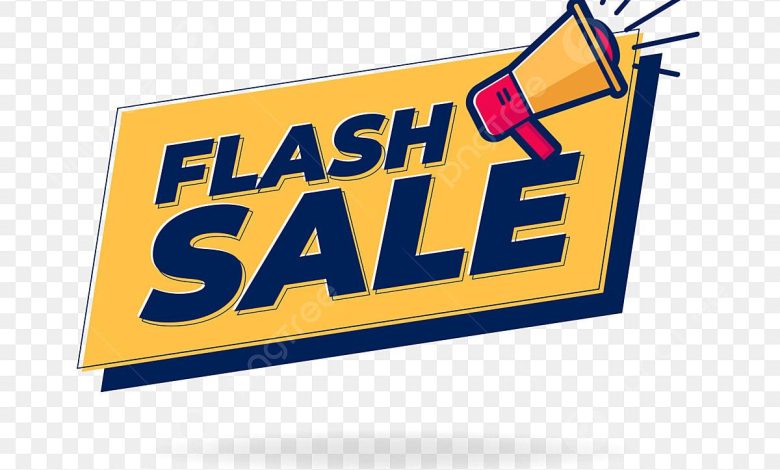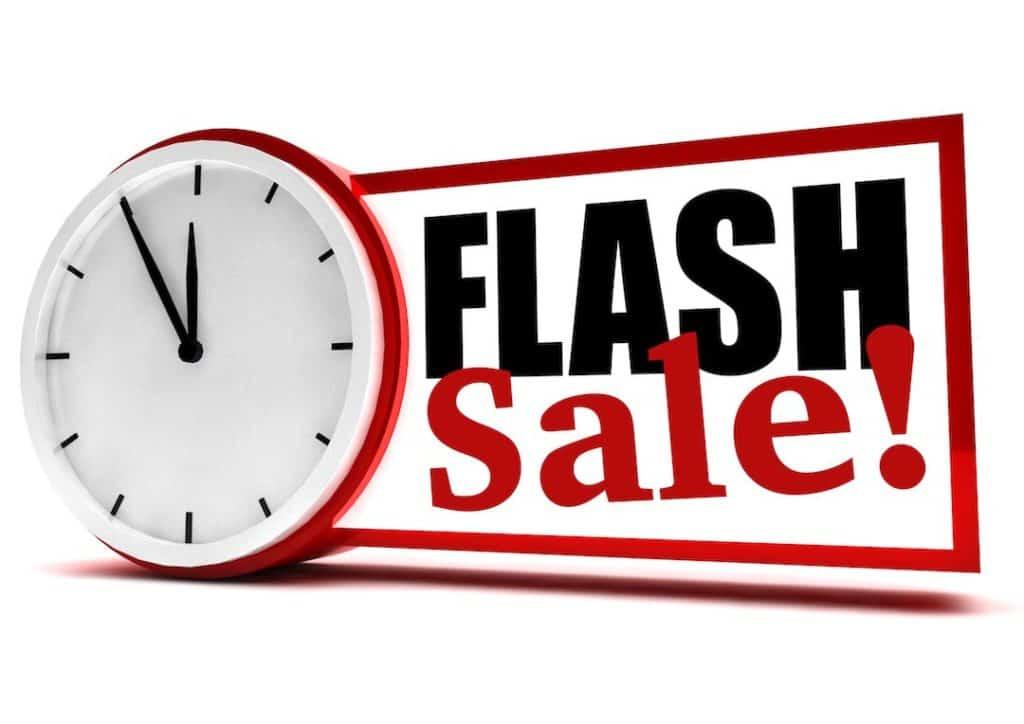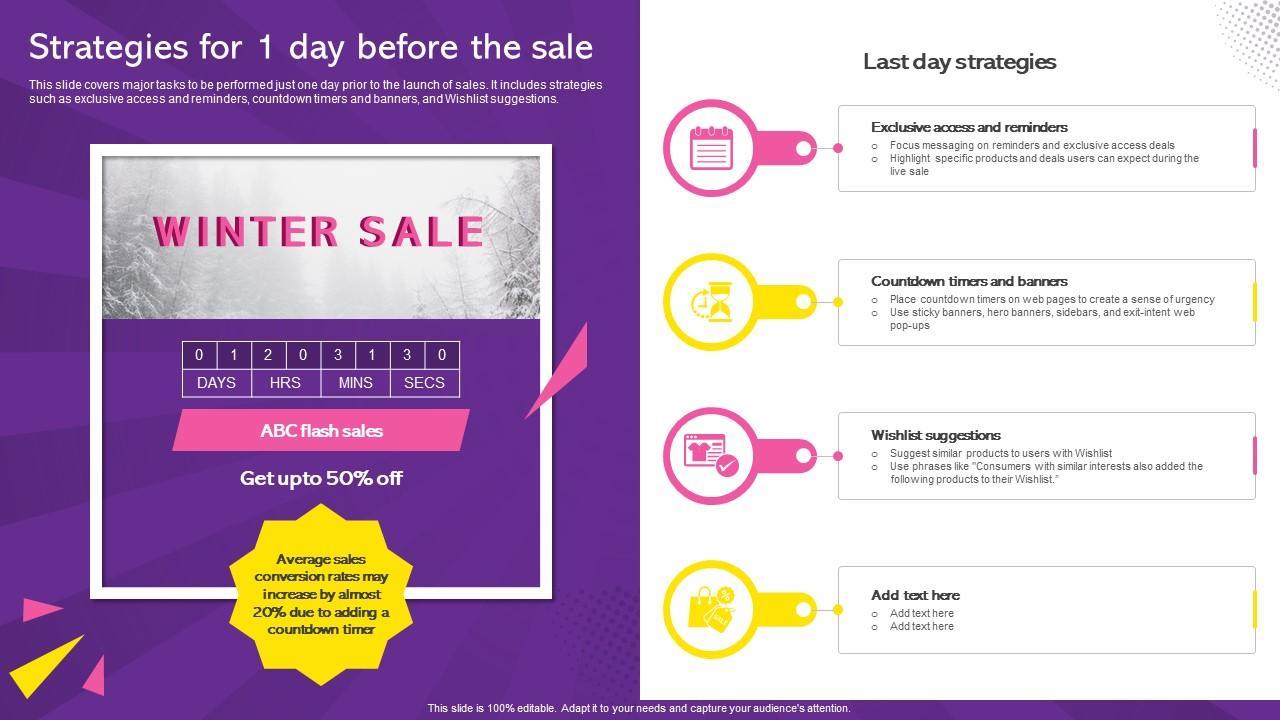
In the ever-evolving landscape of retail marketing, businesses continually seek innovative strategies to capture consumer attention and drive sales. One such strategy that has gained significant traction in recent years is the flash sale. Characterized by limited-time offers and steep discounts, flash sales are designed to create a sense of urgency among consumers. But are these sales a genuine value proposition for customers, or merely a marketing gimmick designed to boost short-term revenue? This article explores the mechanics of flash sales, examining their effectiveness and impact on consumer behavior. By analyzing both the advantages and potential pitfalls of this marketing tactic, we aim to provide a comprehensive understanding of whether flash sales are a strategic tool or a fleeting trend in the retail industry.
Understanding the Mechanics of Flash Sales
At the core, flash sales are designed to create a sense of urgency and exclusivity. They are typically characterized by limited-time offers with steep discounts, often lasting just a few hours or a day. This urgency is engineered to encourage impulse buying, leveraging the fear of missing out (FOMO) that many consumers experience. Retailers often announce these sales with little notice, adding to the excitement and rush. Time constraints and limited stock are critical elements that heighten this sense of urgency.
The mechanics behind these sales involve a few strategic elements:
- Inventory Management: Retailers often use flash sales to clear excess inventory quickly. This helps in freeing up storage and reducing holding costs.
- Customer Acquisition: Attracting new customers is a primary goal, as these sales can introduce a brand to a wider audience who may not have considered it otherwise.
- Data Collection: During these events, businesses can gather valuable consumer data and purchasing behaviors that inform future marketing strategies.
While some may view flash sales as mere marketing tactics, their strategic implementation can yield significant benefits for both consumers and retailers when executed effectively.

Evaluating the Effectiveness of Flash Sales in Boosting Revenue
Flash sales have become a prevalent strategy in the retail landscape, enticing consumers with limited-time offers that promise significant savings. To assess their impact on revenue, it’s crucial to consider both the immediate financial gains and the potential long-term effects on brand perception and customer loyalty. In the short term, flash sales can indeed generate a surge in purchases, as the urgency and exclusivity create a fear of missing out (FOMO) among consumers. This strategy can lead to a substantial boost in sales volume, helping businesses clear out excess inventory and attract new customers.
However, the effectiveness of flash sales isn’t solely measured by immediate revenue spikes. Retailers must weigh potential downsides, such as:
- Brand Dilution: Frequent discounts might lead customers to associate the brand with low prices, impacting perceived value.
- Customer Expectation: Regular flash sales can condition customers to wait for discounts, potentially affecting full-price sales.
- Operational Strain: The sudden increase in demand can challenge inventory management and fulfillment processes.
Ultimately, while flash sales can be a powerful tool for driving short-term revenue, their long-term effectiveness depends on a strategic balance between enticing offers and maintaining brand integrity.

Analyzing Consumer Behavior During Flash Sales Events
Understanding how consumers react during these rapid sales events is crucial for marketers aiming to optimize their strategies. Consumers are often driven by the fear of missing out, which is amplified by the limited time and availability of products. This sense of urgency can significantly alter purchasing decisions. During flash sales, customers tend to prioritize quick decision-making over thorough product evaluation, which can lead to impulsive purchases. This behavior shift is a goldmine for marketers, allowing them to capitalize on the heightened emotional state of buyers.
Marketers can enhance the effectiveness of these events by focusing on several key factors:
- Scarcity: Highlighting limited stock levels to increase the sense of urgency.
- Time Pressure: Using countdown timers to emphasize the short duration of the sale.
- Exclusive Offers: Providing deals that are only available during the flash sale.
- Personalization: Tailoring recommendations based on consumer behavior and preferences.
By leveraging these strategies, businesses can maximize their reach and conversion rates during flash sales, turning what might seem like a marketing gimmick into a highly effective sales tool.

Recommendations for Implementing Successful Flash Sales Strategies
To leverage the potential of flash sales effectively, it’s crucial to focus on a few strategic elements. Start by clearly defining your objectives, whether it’s clearing out inventory, boosting brand awareness, or acquiring new customers. Timing is another critical factor; choosing the right moment can make or break your sale. Analyzing your audience’s shopping habits and selecting periods of high engagement can significantly enhance results.
Create a sense of urgency by emphasizing the limited time and stock available. Utilize attention-grabbing headlines and countdown timers to drive action. Ensure that your website can handle increased traffic, as technical glitches can deter potential buyers. Personalization is key; tailor your offers to different customer segments and communicate through targeted emails or push notifications. measure the success of your flash sale with metrics like conversion rates and customer acquisition costs to refine future strategies.



